Complete Vegan Grocery List South Africa 2025
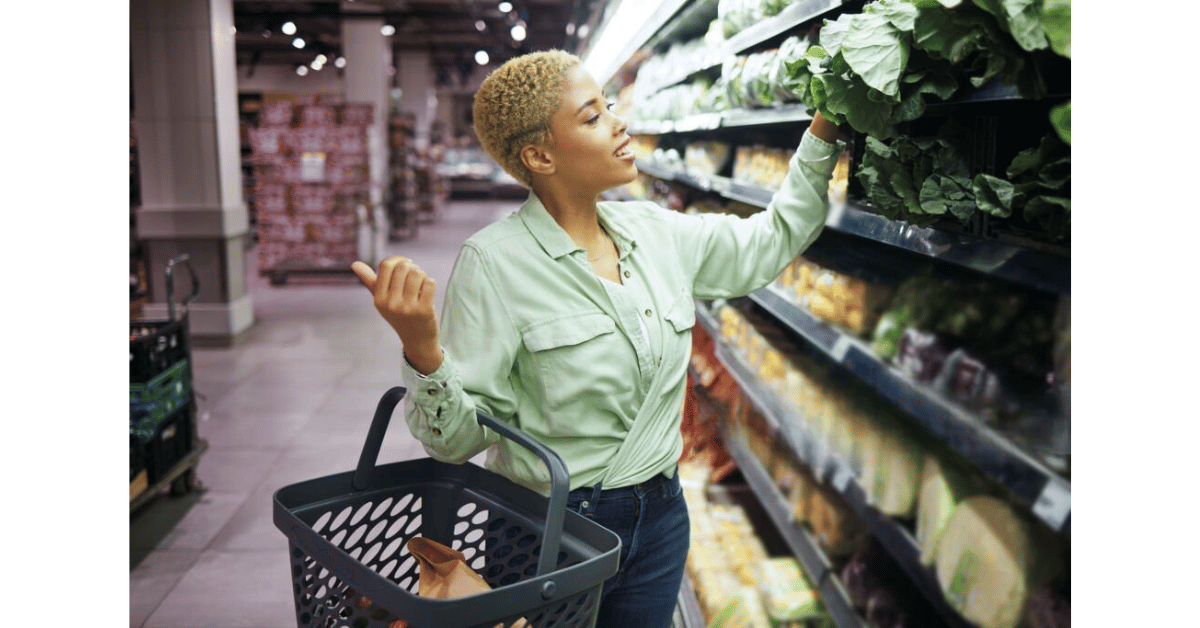
Here’s a complete vegan grocery list in South Africa for 2025.
I am amazed by South Africa’s vibrant markets and modern supermarkets. They are offering more vegan options.
I know a comprehensive vegan grocery list can overwhelm you.
This is true for long-time vegans and new plant-based eaters in South Africa.
Nevertheless, being a vegan in our unique food landscape is fun but challenging.
I’ve spent years exploring vegan shopping in South Africa. I’ve also visited Cape Town’s health stores, Johannesburg’s markets, and Durban’s local shops.
Furthermore, I’ve learned that building a successful vegan grocery list is not just about knowing what to buy. It’s about finding specific ingredients and using local produce and products.
This guide shares what I’ve learned about making a vegan grocery list for South African shoppers.
We’ll explore our country’s variety of native vegetables, local grains, and new vegan brands.
I’ll also show you how to eat plant-based. This will allow you to honour our rich cooking and stay within budget.
Let’s begin this journey to transform your vegan shopping experience in South Africa.
Trust me. With the proper knowledge, veganism in our country is possible and rewarding.
Understanding South African Vegan Shopping
Let me take you through the vegan shopping scene in South Africa. I will draw from my experiences exploring high-end supermarkets and local spaza shops.
You must know our retail landscape to shop successfully for vegan products here.
Getting Your Complete Vegan Grocery List in South Africa
Major retailers such as Woolworths, Pick n Pay, and Checkers have recently added many more vegan options.
Source: Sivulula
Woolworths has a great selection of plant-based milks, meat alternatives, and vegan products.
Meanwhile, Pick n Pay often surprises me with its growing range of affordable vegan staples.
I’ve discovered something interesting: some of the best vegan finds are at smaller health shops and local markets.
Take Food Lover’s Market, for example. Their produce section is a vegan’s paradise, and their prices are often better than those of speciality stores.
Also, local Indian and Asian grocery stores are treasure troves for vegan ingredients like lentils, spices, and tofu.
Price Consideration For Your Vegan Grocery List
Speaking of costs, let’s talk about price considerations.
Indeed, imported vegan products can strain your wallet (I’m looking at you, imported vegan cheese!). But I’ve found that buying local produce and staples can make vegan shopping cheap.
For example, our local legumes, grains, and seasonal veggies are cheap and nutritious.
Seasonal Shopping For Your Grocery List
One crucial aspect I always emphasize is seasonal shopping. South Africa’s diverse climate means we can access different produce yearly.
I load up on mangoes, pineapples, and local berries in summer. Winter brings abundant citrus fruits and hearty root vegetables. Understanding these seasonal patterns has completely transformed how I plan my shopping.
Here’s a tip: many vegan products that seem expensive can be cheaper when bought in bulk or during sales.
I always look for specials at various stores and stock up when prices are reasonable.
Also, joining local vegan Facebook groups and WhatsApp chats helps me. They keep me informed about new products and special deals.
Be flexible and creative when vegan shopping in South Africa. They are your best friends.
Sometimes, you may need to visit multiple stores to complete your list. But trust me, it gets easier and more enjoyable once you know where to find everything.
Essential Pantry Staples
Here’s my go-to list of vegan pantry staples. These are the key ingredients in my South African kitchen.
After years of experimenting, I’ve found the perfect mix of local and traditional ingredients. Every vegan household should have these.
Power of Grains
First up, let’s talk about our amazing local grains. I love how versatile South African maize meal is. It’s not just for traditional pap anymore!
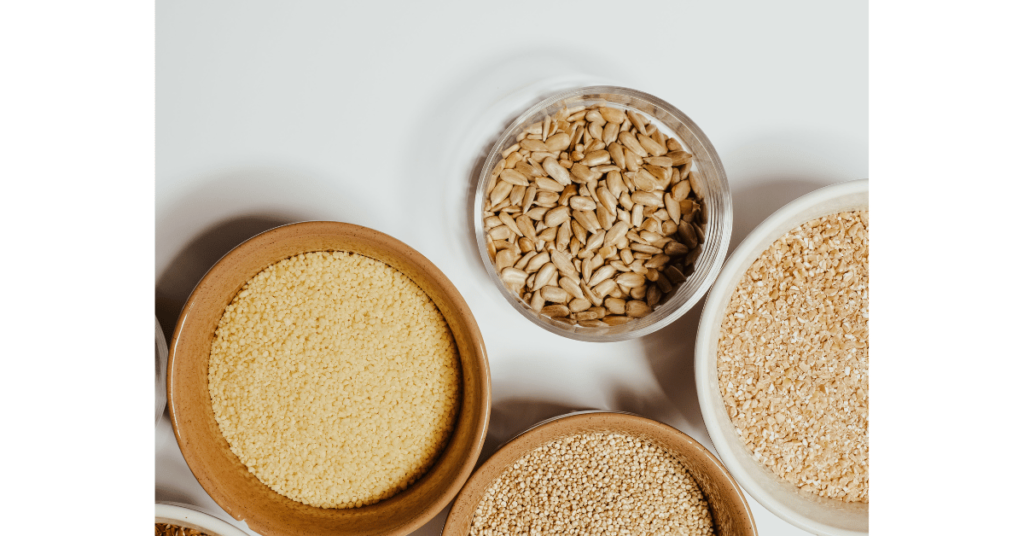
My pantry always has white and yellow maize meal. I use them for everything, from breakfast porridge to crispy polenta chips.
Also, I’ve found that sorghum (tini) is very nutritious and a great gluten-free substitute in many recipes.
Recently, I’ve also started using teff. It has deep roots in African cuisine and is very nutritious.
Legumes for Fibre Punch
Now, onto legumes and pulses. These protein powerhouses have transformed my vegan cooking. I can’t emphasize this enough.
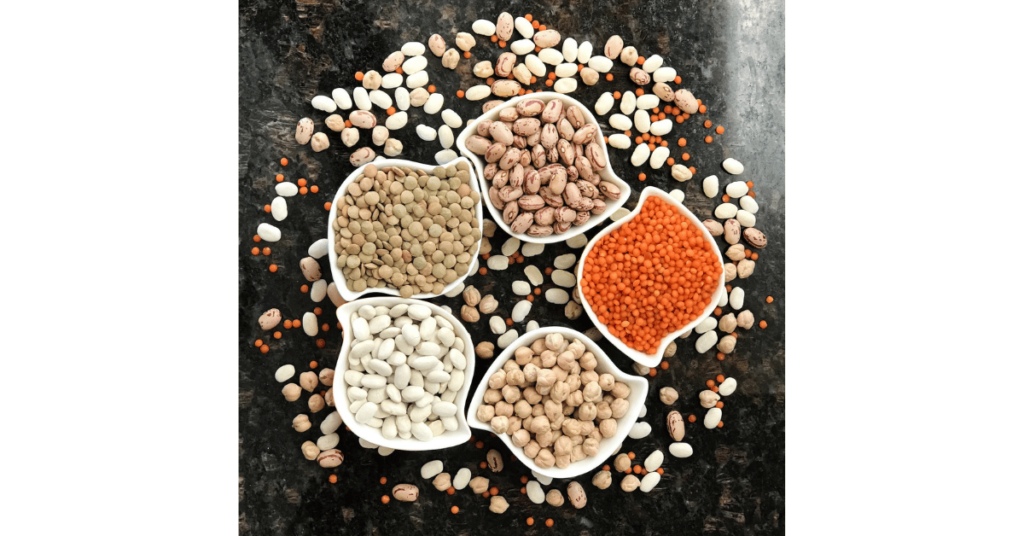
I always keep a variety of local beans on hand. Sugar beans, specifically, are my go-to for traditional South African dishes.
Additionally, I stock up on different coloured lentils, split peas, and chickpeas.
Here’s a money-saving tip: Buy these in bulk from local Indian markets or wholesalers. It can save you a lot.
Nuts and Seeds For Your Vegan Grocery List
I’m never without a good supply of pumpkin and sunflower seeds. We often overlook the pumpkin seeds despite them being locally grown.
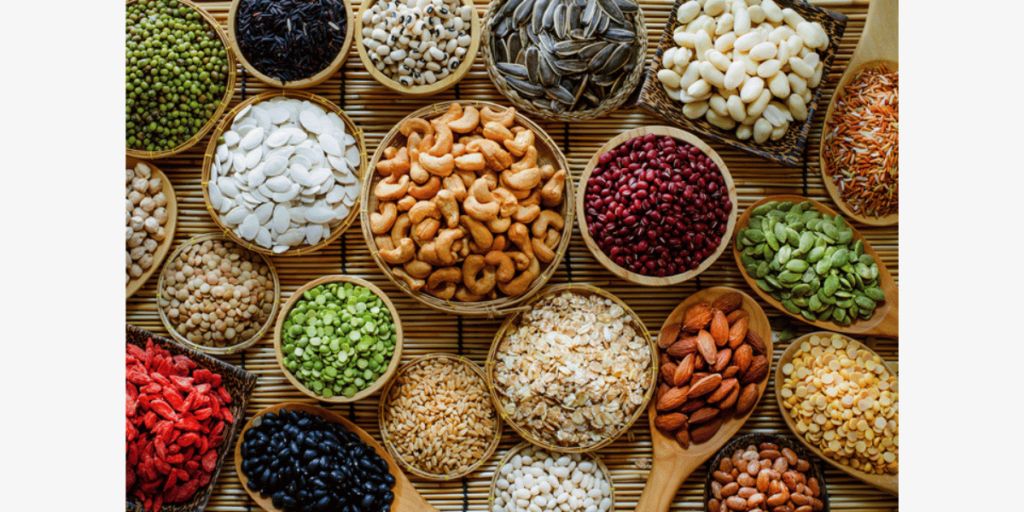
I always have almonds, cashews, and macadamia nuts in my pantry. Yes, they cost more, but they are essential for creamy vegan sauces and cheese substitutes. Plus, supporting local macadamia farmers is a bonus!
Cooking Oil and Condiments
I’ve learned that variety is key in cooking oils and condiments.
I rarely use local sunflower oil. I also keep coconut and olive oils for other uses.
I’ve learned that nutritional yeast adds a cheesy, savoury flavour to dishes. You can find it at most health shops now.
I also have local vinegar from Western Cape producers, including apple cider vinegar.
Herbs and Spices
Here’s my secret weapon: I always keep a stash of dried herbs and spices from local suppliers.
Think of Robertson’s spices and those amazing curry blends from Durban markets. These transform simple grain and legume dishes into spectacular meals.
Wild garlic and sage are traditional African herbs. They add unique flavours to my cooking.
One last tip: I use clear containers for my pantry staples. I label everything with the purchase dates.
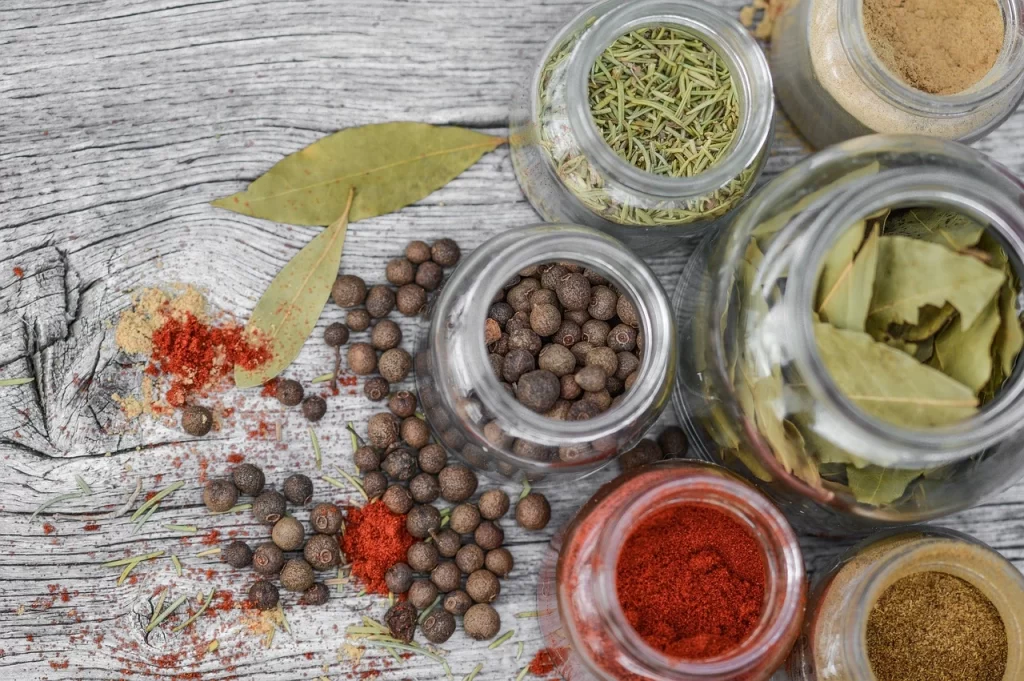
Trust me. This simple system has saved me from wasting ingredients countless times. It’s beneficial for nuts that can go rancid if stored too long.
Fresh Produce Grocery List Guide
Here’s my insider’s guide to South Africa’s amazing fresh produce scene.
After years of exploring local markets and farms, I love our country’s diverse, vibrant produce.
Adding Indigenous Vegetables in Your Vegan Grocery List
Let’s start with our excellent indigenous vegetables. They’re gems that every South African vegan should embrace.
The first is morogo (African spinach), which I source from local markets. Trust me when I say this nutrient-packed leafy green is a game-changer in any vegan kitchen.
Similarly, I’ve fallen in love with amadumbe (taro root). I often find it at traditional markets and some Pick n Pay stores. Not only is it incredibly versatile, but it also adds a wonderful creamy texture to many dishes.
Seasonal Fruits for Your Vegan Grocery Basket
I’ve learned to follow nature’s calendar regarding seasonal fruit here in South Africa. I load up on local mangoes, litchis, and pawpaw during summer.
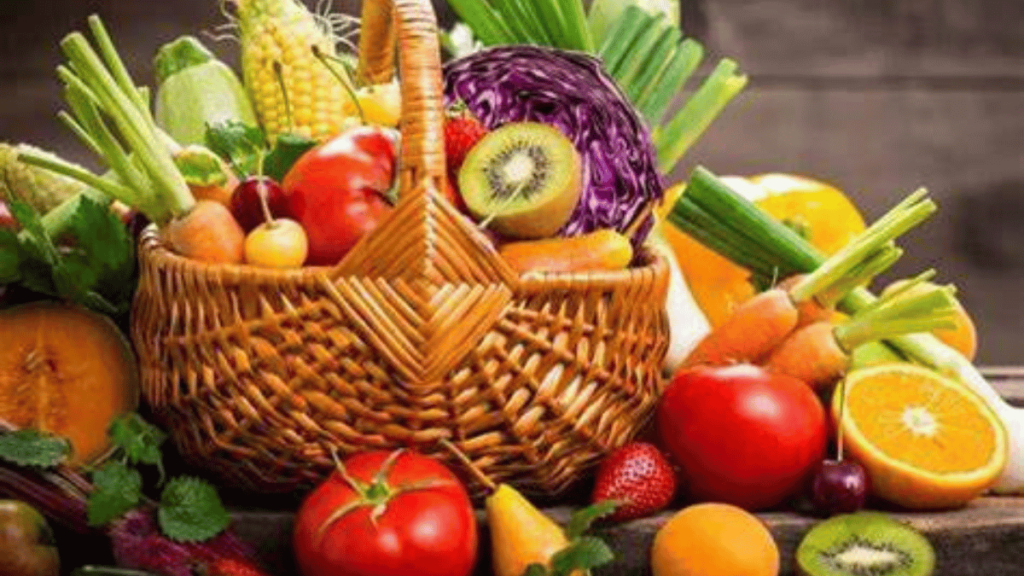
Our winter brings amazing citrus fruits. I love naartjie and the sweet oranges from the Eastern Cape.
Here’s a money-saving tip: I check markets’ “ugly” fruit sections. You can often find good produce there at a discount.
Speaking of markets, let me share my favourite spots for fresh produce shopping.
Municipal markets like Joburg’s Fresh Produce Market offer the best variety and prices. Go early in the morning.
Also, farmers’ markets in Bryanston and Oranjezicht City Farm in Cape Town are great for organic options.
However, don’t overlook local street vendors if you’re on a budget, as I often am. They usually have the freshest produce at unbeatable prices.
Now, let’s talk about storage because I’ve learned (sometimes the hard way!) that proper storage is crucial in our climate.
For leafy greens like spinach and morogo, I wrap them in damp paper towels. Then, I refrigerate them.
I keep root vegetables such as amadumbe and sweet potatoes in a cool, dark place instead of the refrigerator.
Also, storing avocados and bananas away from other fruits slows their ripening in the heat.
One final tip that has transformed my produce shopping is that I always keep a seasonal calendar on my phone.
This helps me know what to look for each month. It also ensures I’m buying produce at its peak in nutrition and price.
Plant-Based Proteins
Let me explore one of the most common questions I receive as a vegan in South Africa: “Where do you get your protein?”
Trust me. Once you know where to look, you’ll find our country has many plant-based protein options. They’re amazing.
Are Tofu, Tempeh, and Seitan on Your Vegan Grocery List?
First, let’s talk about tofu. It is now more available in South African stores.
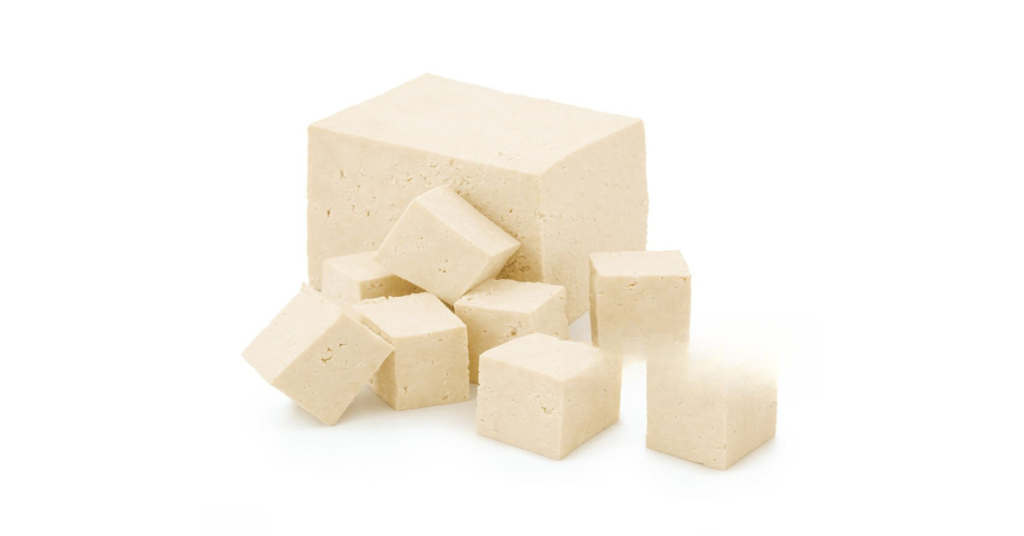
I often find excellent tofu at Chinese supermarkets in Cyrildene, Joburg, and Food Lover’s Market.
Here’s a secret: Dong Mei brand tofu is locally made in Gauteng. It’s cheaper than imported options and very fresh. Plus, their firm tofu works perfectly in traditional South African braai marinades!
Moving on to tempeh, which I’ll admit was tricky to find at first.
I found two reliable suppliers: Herbivore Foods in Cape Town and Bean There in Johannesburg. It’s a bit pricier than tofu. But its meaty texture and high protein content make it worth every rand.
I’ve learned to make my own seitan and wheat proteins. I use vital wheat gluten, which I get from health shops like Wellness Warehouse and Dis-Chem.
Homemade seitan is cheaper and lets you control the flavour. I often infuse mine with traditional South African spices for a local twist.
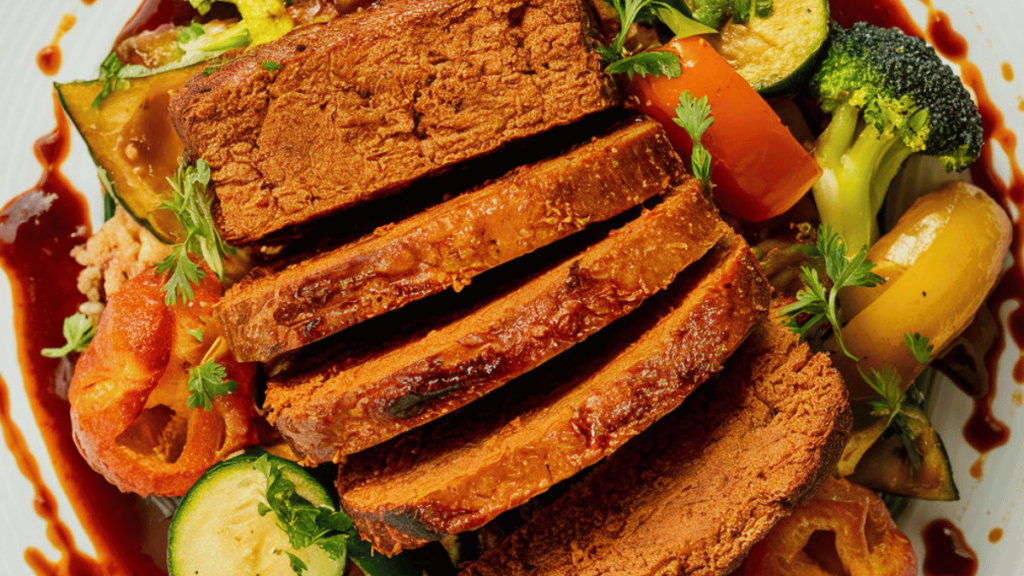
Here’s something exciting I’ve noticed: our local plant-based meat alternative scene is booming! Brands like Fry’s Family Foods (proudly South African!) And Urban Vegan is making great products. I often find them at major supermarkets.
I’m impressed by local brands like Herbivorous and The Vegetarian Butcher. They are now at Pick n Pay and Checkers.
But, I want to share a hidden gem of South African vegan protein: our indigenous, protein-rich foods.
I love using Bambara groundnuts (jugo beans) in my cooking. They’re packed with protein and have been a staple in African cuisine for generations.
I’ve also added African yam beans and cowpeas to my diet. I source them from local markets and traditional shops.
My top budget tip: I often make protein-rich meals by mixing plant proteins.
For instance, I’ll mix samp and beans (umngqusho) with pumpkin seeds or add lentils to my morogo stew.
This raises the protein content and makes protein profiles more complete. It also highlights our local cuisine.
Speciality Vegan Products For Your Grocery List
Let me walk you through the exciting world of speciality vegan products in South Africa. It’s grown a lot since I started my vegan journey.
I’ve seen our market shift from few options to many plant-based alternatives.
When it comes to dairy alternatives, I’ve become quite the connoisseur!
I used to struggle to find anything beyond essential soy milk. Now, I’m amazed by the variety available. I regularly buy local oat milk from Earth & Co. It works perfectly in my rooibos tea.
Also, the almond breeze, now made in South Africa, is excellent value for money.
Here’s a money-saving tip: I make my nut milk at home. I use locally sourced almonds or macadamia nuts. It’s easy and much cheaper!
Egg Replacement For Your Plant-Based Diet
Moving on to egg replacements, I’ve tried everything available in our market. Imported products like JUST Egg aren’t available here yet. But I’ve found fantastic local alternatives.
For example, I swear by Orgran’s egg replacer, which I find at Dis-Chem and health shops.
Also, our local golden flaxseeds work well as egg replacers in baking. I get them from Food Lover’s Market or local health stores.
Local Vegan Brands
Speaking of local vegan brands, I’m excited by new South African ones entering the market.
Truthfully, I’m a massive fan of Infinite Foods’ products, which are made right here in South Africa.
I also stock up on Plant Power’s cheese alternatives. Their cream cheese is a game-changer for South African dishes like milk tart!
When it comes to imported options, I’ve learned to be selective. International brands like Violife and Beyond Meat are available. But they can be pricey.
Instead, I typically opt for local alternatives unless I make something special.
I’ve fallen in love with local vegan chocolate brands Afrikoa and Beano. They have excellent dairy-free options.
For speciality products, check smaller health food stores and local vegan markets.
I’ve found some of my best items at Jackson’s Real Food Market in Johannesburg and Wellness Warehouse nationwide.
I’ve joined several vegan Facebook groups. Members share updates about new products and where to find specific items. This community knowledge has been invaluable!
Budget-Friendly Shopping Tips
I’ve spent years testing and refining my vegan shopping methods in South Africa. Let me share my money-saving secrets.
Being vegan doesn’t have to break the bank – it’s all about shopping smart!
Bulk Buying For Your Vegan Grocery List
First and foremost, I’ve become a huge advocate for bulk buying. I regularly visit wholesalers like Food Lover’s Market Wholesale and Makro to stock up on staples like legumes, grains, and nuts.
Here’s my golden rule: I buy in bulk when I spot items I regularly use on special.
For instance, I’ll buy several kilos of chickpeas when they’re on sale. They’ll stay well, and I’ll use them constantly.
Speaking of seasonal shopping, this has been an absolute game-changer for my budget. I’ve learned to track produce seasons carefully. For example, I buy avocados in bulk when they’re in season (and cheap!) and freeze them for later use.
Similarly, I preserve summer fruits when they’re abundant and affordable. I’ve noticed that shopping at municipal markets late in the day can lead to great deals on fresh produce.
Local Markets versus Supermarkets
Let me share something interesting about local markets versus supermarkets. Supermarkets are convenient. However, traditional markets often have cheaper fresh produce.
For example, I now buy fruits and vegetables in bulk at the Johannesburg Fresh Produce Market. I’ve also built relationships with vendors who let me know when they have special deals!
Here’s my practical price comparison guide based on personal experience:
- I buy my grains and legumes from Indian markets, where they’re typically 30-40% cheaper.
- I buy fresh produce from local markets or street vendors. It saves me about 50% vs. supermarkets.
- For speciality items like plant-based milk, I check for deals at several stores. I use apps like Checkers Sixty60 and PnP ASAP to help me.
A great money-saving tip is to join local vegan buying groups. They have worked wonders for me. We often organize bulk purchases together, which helps negotiate better prices.
I also follow all the major South African vegan brands on social media. They often post about promotions and special offers.
Remember, sometimes the most budget-friendly options are the most traditional ones.
I often choose Indigenous vegetables, like morogo and cowpeas. They are nutritious and much cheaper than imported ones.
Also, growing some essential herbs and greens at home has saved me a lot on my weekly shopping bills.
Reading Labels in South Africa
Let me walk you through the sometimes tricky world of reading food labels in South Africa. After years of testing, I’ve become a pro at finding hidden animal ingredients!
I have 20 years of experience as Manager of the South African National Health’s Environmental Health, so I know what I am talking about.
First, I check our local food rules. They differ from other countries.
In South Africa, manufacturers must list all ingredients by weight in descending order. I’ve found this very helpful.
I’ve learned to be careful. Some animal-based ingredients may have strange names.
Some unique South African ingredients often surprise new vegans. For example, many local breads contain E920 (L-cysteine), which can come from animals.
Some traditional rusks and baked goods contain ‘karringmelk’ (buttermilk) or ‘melkpoeier’ (milk powder).
Also, many local savoury snacks contain ‘beesekstrak’ (beef extract) or ‘hoenderekstrak’ (chicken extract).
Different Terminology But Same Products
I’ve found something crucial. South African products use terms that are different from those of international brands.
For example, ‘whey’ on international products might be ‘weiproteien’ or ‘melkwei’ on local ones.
Some ingredients like ‘E-numbers’ might not be as clearly marked as in other countries.
I’ve learned, through experience, to watch for hidden animal ingredients in South African products.
- ‘Diervet’ (animal fat) often appears in baked goods.
- ‘Jelatin’ (our local spelling of gelatin) is common in sweets.
- ‘Kaseien’ (casein) appears in many processed foods.
- ‘Heuning’ (honey) is often found in breakfast cereals.
- ‘Laktoferien’ (lactoferrin) might appear in fortified foods.
One final tip that’s transformed my meal planning: I keep an “emergency” shelf in my pantry. It has quick, vegan meals.
I’ve perfected meal planning and storage for South Africa’s climate. I’ve done it over years of vegan living. Let me share my tried-and-tested methods.
Meal Planning and Storage
Trust me, proper planning and storage are vital. They are key to making your vegan lifestyle both sustainable and affordable. They’re not just about convenience.
I’ve made a template for weekly planning that works well for our local context.
First, I check what’s in season. It dramatically affects availability and price.
For instance, I’ll add these vitamin-rich fruits to my breakfast during the mango season. In winter, I focus on citrus fruits and hardy vegetables.
Let me walk you through my storage solutions, which I’ve adapted for our warm climate. Proper storage is crucial, especially during those scorching South African summers!
I store my nuts and seeds in airtight containers in the fridge. This keeps them from going rancid.
Also, brown paper bags with holes work better than plastic containers for storing potatoes and onions in our humidity.
Speaking of batch cooking, this has been a game-changer for me!
Every Sunday, I cook large batches of the basics: brown rice, lentils, and roasted vegetables.
I’ve found that some dishes, like morogo and spinach, are best fresh, not batch-cooked.
I also keep portioned-out homemade seitan and marinated tofu in the freezer for quick protein options.
Here’s the seasonal strategy that I’ve developed specifically for South Africa:
Summer: I prep many raw vegetables and cold proteins like chickpea salads.
Autumn: I focus on transitional meals that work both hot and cold.
Winter: I batch-cook hearty soups and stews using local vegetables.
Spring: I incorporate more sprouted legumes and fresh herbs.
This has saved me countless times during unexpected power outages (thanks, load-shedding!).
I stock canned beans, ready-to-eat grains, and long-life plant milk.
Furthermore, investing in quality storage containers is essential. I prefer glass containers for our refrigerated items. They help keep food fresh longer in our climate.
Also, I label everything with dates using a whiteboard marker, which has reduced my kitchen’s food waste.
FAQ Section
I’ve answered thousands of questions about vegan shopping in South Africa in local vegan groups.
So, let me address some of the most common ones.
Where can I find nutritional yeast in South Africa?
I’ve found nutritional yeast (or “nooch”, as we affectionately call it) in several places!
I mainly source mine from Dis-Chem. They usually stock the Nutritional Yeast Company brand.
Also, health shops like Wellness Warehouse and Jackson’s Real Food Market usually have it.
Also, a tip to save money: buying bulk from independent health stores is often cheaper than buying smaller amounts.
Are local bread products vegan?
This is a question I get asked constantly! Many South African bread products are surprisingly vegan-friendly. However, you need to know which ones to choose.
For instance, Albany Brown Bread and many Woolworths’ basic breads are vegan.
I always double-check the ingredients. Some brands use L-cysteine (E920) or milk products.
Also, many local bakeries now offer vegan options that are clearly labelled.
How do I replace traditional South African ingredients with vegan alternatives?
Trust me, I’ve spent years perfecting these substitutions! For amasi, I use fermented coconut yoghurt or homemade cultured oat milk. When a recipe calls for eggs in vetkoek, I use chickpea water (aquafaba), which works perfectly. I also replace honey in traditional rusks with agave nectar or local maple syrup. Plus, I’ve found coconut cream creates an even richer texture for milk tart than dairy milk.
Which South African supermarkets have the best vegan options?
From my experience, Woolworths has the best Plant-Based range. It’s growing.
However, Checkers has improved with its Simple Truth plant-based line. Additionally, Pick n Pay has been significantly expanding its vegan options.
Combining shops often works best. I buy speciality items at Woolworths and bulk shop at Food Lover’s Market.
Is vegan shopping more expensive in South Africa?
Let me be honest – it can be, but it doesn’t have to be!
Speciality vegan products, like cheese alternatives, can be more expensive. However, a whole-food, plant-based diet can be cheaper than a conventional one.
Buying legumes, grains, and seasonal produce from local markets or bulk stores has cut my grocery bills.
Plus, making my own plant-based milk and meat alternatives will save me a lot of money in the long run.
Conclusion
As I finish this guide to vegan grocery shopping in South Africa, I am excited about the progress of our plant-based community.
I’ve watched our vegan landscape transform. It now includes an impressive array of local and international products from a few basic options.
Remember when I first started?
Finding something as simple as plant-based milk was a challenge!
Now, I’m amazed by the variety of options in almost every South African supermarket.
Using local ingredients and traditional foods has also made my vegan diet more sustainable. It’s also connected me to our rich South African culinary heritage.
Let me leave you with my most important advice: don’t feel pressured to buy every vegan product you see.
Instead, build a pantry of versatile, nutritious staples. They should fit your budget and lifestyle.
Plant-based options are always available at a high-end Sandton supermarket or a local Soweto market.
My tips make your vegan shopping easier and more fun.
Every small change makes a difference. This applies whether you’re a committed vegan or just starting to explore plant-based options.
South Africa’s vegan scene is thriving, from the busy markets of Durban to the speciality stores in Cape Town.
Looking ahead, I’m incredibly optimistic about the future of veganism in South Africa.
With more local brands and retailers adding plant-based options, it’s now easier to be a healthy, ethical, and happy vegan in our country.

The recommended grocery list for vegan foods is helpful. As a person who wants to move to vegan foods, it is sometimes frustrating if you do not know what foods to buy and basic foods to keep in my pantry as I navigate the vegan food journey.